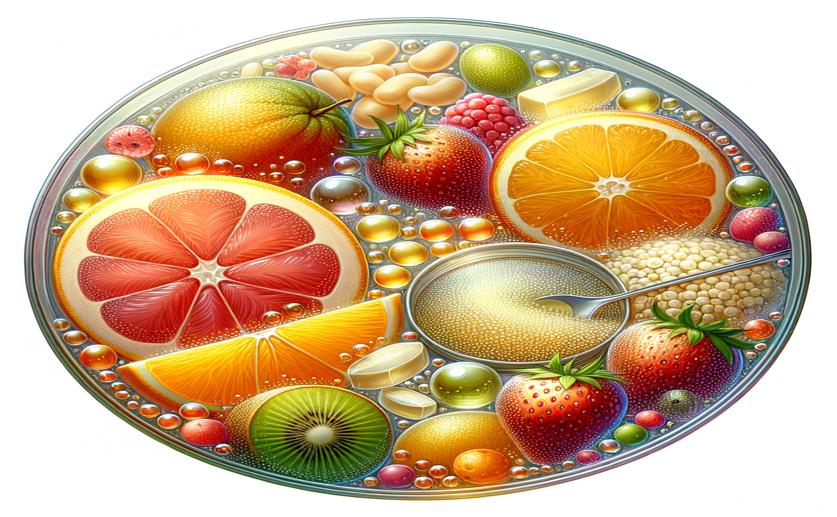
Gelatin Film with Citrus Oil and Starch for Keeping Fruit Fresh Longer
Jim Crocker
26th July, 2024

Image Source: Natural Science News, 2024
Key Findings
- Researchers in China developed a new food packaging material inspired by citrus oil glands and cuticular wax
- The material releases carvacrol, an antimicrobial agent, and provides strong physical protection
- The film significantly extends the shelf life of fresh-cut fruits by reducing microbial growth and moisture loss
References
Main Study
1) Citrus oil gland and cuticular wax inspired multifunctional gelatin film of OSA-starch nanoparticles-based nanoemulsions for preserving perishable fruit.
Published 15th October, 2024 (future Journal edition)
https://doi.org/10.1016/j.carbpol.2024.122352
Related Studies
2) Position of modifying groups on starch chains of octenylsuccinic anhydride-modified waxy maize starch.
3) The Incorporation of Carvacrol into Poly (vinyl alcohol) Films Encapsulated in Lecithin Liposomes.
4) Carvacrol-loaded nanoemulsions produced with a natural emulsifier for lettuce sanitization.



 27th June, 2024 | Greg Howard
27th June, 2024 | Greg Howard